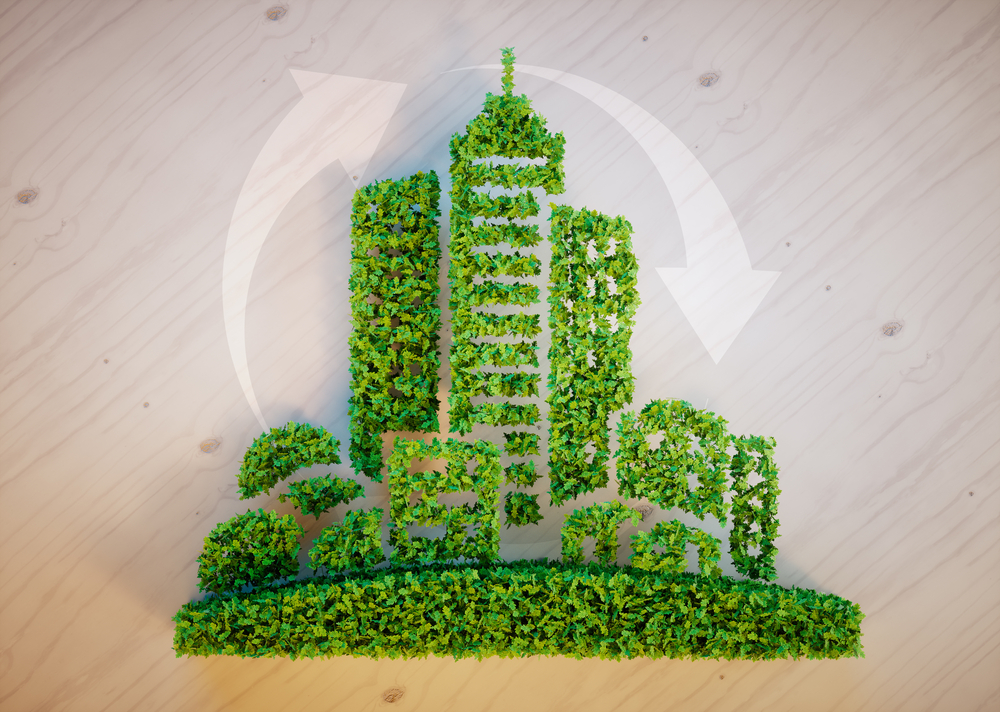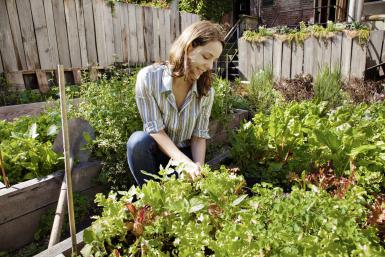The UK building sector is one that is embracing eco-friendly approaches to construction. The aim is to construct buildings that use sustainable materials, are low on energy consumption, and which will have only a negligible impact on the environment. Just how is the UK green building sector developing?
New developments
Let us first define what green building actually is. Green building means construction that allows for sustainable development, such as constructions that protect the environment, aid economic development, and improve the social aspects of buildings in terms of their placement and design, their maintenance, and the use the building will be put to. By adhering to these principles, green building helps to keep energy requirements low, reduce the amount of water used, and utilise building materials that have a low impact on the environment and are the best and safest choice in regards to human health and overall wellbeing.
Due to the varied nature of the building industry – for there is not only the construction of the buildings but also the installation of all necessary facilities and amenities – the sector has become quite specialised. A project manager in charge of a green building project will, for example, have to employ not only a building firm whose core pledge is to use sustainable materials, but also perhaps a specialist in solar energy or a plumber who uses the latest equipment to ensure low water consumption. With so many short-term people to employ, a project manager often looks to an umbrella company, that can handle contractor pay and tax obligations to make the process easier and the building project more efficient.
What are some green building developments in the UK?
There are examples everywhere, but these can include the creation of environmentally friendly concrete, a common material in construction. To make concrete requires several “ingredients”, all of which require huge amounts of energy and water to source and which can destruct and pollute the environment. Scientists have come up with a new type of concrete, one that takes far less energy to source the raw materials and that absorbs harmful carbon dioxide as it hardens.
Then there is the return to traditional methods, such as the use of lime to act as a water-resistant wash. Lime, which is a natural product, is also naturally anti-bacterial and UV light resistant; it also allows moisture to bleed out of materials rather than trapping it inside. Due to lime’s slow-curing nature, it ensures an incredibly tight bond, which can be reworked if necessary. It also absorbs carbon dioxide.
The building sector is also looking to nature for insulation materials. Most types of manmade insulation are chemical-based, which can be harmful not only to the planet but also to humans. Instead, builders are now insulating homes using sheep’s wool, hemp and flax, wood fibre and expanded clay aggregates, all of which are environmentally friendly building materials.
Green building is a fast-developing industry, as the construction sector recognises that it is better to act today to protect our homes and our planet to ensure a sustainable future.





